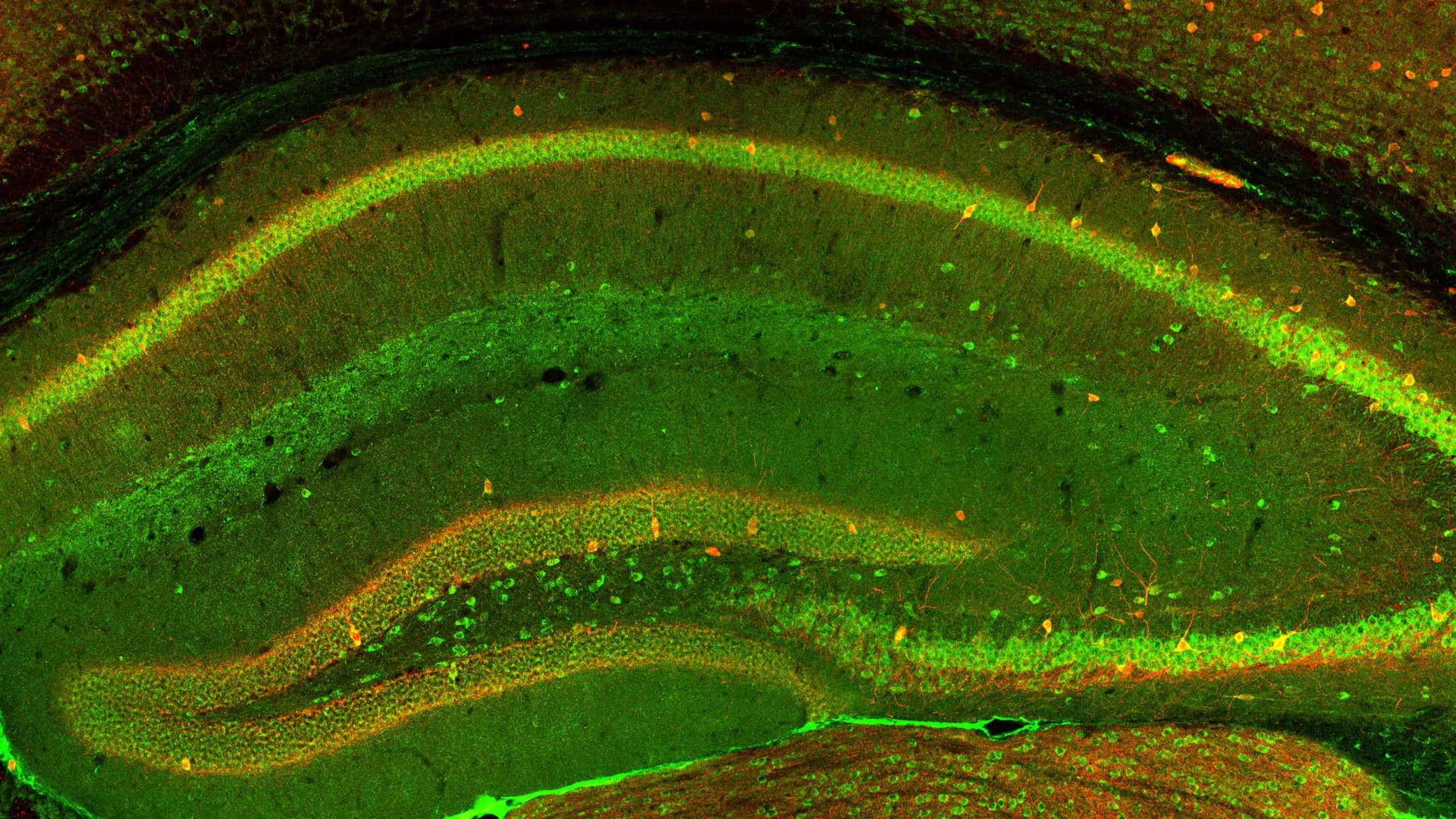Skeletal muscle is one of the most abundant tissues of the human body and is responsible for the generation of movement. Muscle injuries can lead to severe disability. Skeletal muscle is characterized by an important regeneration capacity, which is possible due to the interaction between the myoblasts and immune cells. Neutrophils are fundamental as inducers of muscle damage and as promoters of the initial inflammatory response which eventually allows the muscle repair. The main functions of the neutrophils are phagocytosis, respiratory burst, degranulation, and the production of neutrophil extracellular traps (NETs). An overactivation of neutrophils after muscle injuries may lead to an expansion of the initial damage and can hamper the successful muscle repair. The importance of neutrophils as inducers of muscle damage extends beyond acute muscle injury and recently, neutrophils have become more relevant as part of the immunopathogenesis of chronic muscle diseases like idiopathic inflammatory myopathies (IIM). This heterogeneous group of systemic autoimmune diseases is characterized by the presence of muscle inflammation with a variable amount of extramuscular features. In IIM, neutrophils have been found to have a role as biomarkers of disease activity, and their expansion in peripheral blood is related to certain clinical features like interstitial lung disease (ILD) and cancer. On the other hand, low density granulocytes (LDG) are a distinctive subtype of neutrophils characterized by an enhanced production of NETs. These cells along with the NETs have also been related to disease activity and certain clinical features like ILD, vasculopathy, calcinosis, dermatosis, and cutaneous ulcers. The role of NETs in the immunopathogenesis of IIM is supported by an enhanced production and deficient degradation of NETs that have been observed in patients with dermatomyositis and anti-synthetase syndrome. Finally, new interest has arisen in the study of other phenotypes of LDG with a phenotype corresponding to myeloid-derived suppressor cells, which were also found to be expanded in patients with IIM and were related to disease activity. In this review, we discuss the role of neutrophils as both orchestrators of muscle repair and inducers of muscle damage, focusing on the immunopathogenesis of IIM.
Reactive oxygen species (ROS) is essential for neutrophil extracellular trap formation (NETosis). Nevertheless, how ROS induces NETosis at baseline and during neutrophil activation is unknown. Although neutrophils carry DNA transcription, replication and repair machineries, their relevance in the short-lived mature neutrophils that carry pre-synthesized proteins has remained a mystery for decades. Our recent studies show that (i) NETosis-inducing agonists promote NETosis-specific kinase activation, genome-wide transcription that helps to decondense chromatin, and (ii) excess ROS produced by NADPH oxidase activating agonists generate genome-wide 8-oxy-guanine (8-OG), and the initial steps of DNA repair are needed to decondense chromatin in these cells. These steps require DNA repair proteins necessary for the assembly and nicking at the damaged DNA sites (poly ADP ribose polymerase PARP, apurinic endonuclease APE1 and DNA ligase), but not the enzymes that mediate the repair DNA synthesis (Proliferating cell nuclear antigen (PCNA) and DNA Polymerases). In this study, we show that (i) similar to agonist-induced NETosis, inhibition of early steps of oxidative DNA damage repair proteins suppresses spontaneous NETosis, but (ii) the inhibition of late stage repair proteins DNA polymerases and PCNA drastically promotes baseline NETosis. Hence, in the absence of excessive ROS generation and neutrophil activation, DNA repair mediated by PCNA and DNA polymerases is essential to prevent chromatin decondensation and spontaneous NETosis. These findings indicate that ROS, oxidative DNA damage, transcription and DNA repair differentially regulate spontaneous and agonist-induced NETosis. Therefore, context matters.
Neutrophils play critical roles in a broad spectrum of clinical conditions. Accordingly, manipulation of neutrophil function may provide a powerful immunotherapeutic approach. However, due to neutrophils characteristic short half-life and their large population number, this possibility was considered impractical. Here we describe the identification of peptides which specifically bind either murine or human neutrophils. Although the murine and human neutrophil-specific peptides are not cross-reactive, we identified CD177 as the neutrophil-expressed binding partner in both species. Decorating nanoparticles with a neutrophil-specific peptide confers neutrophil specificity and these neutrophil-specific nanoparticles accumulate in sites of inflammation. Significantly, we demonstrate that encapsulating neutrophil modifying small molecules within these nanoparticles yields specific modulation of neutrophil function (ROS production, degranulation, polarization), intracellular signaling and longevity both in vitro and in vivo. Collectively, our findings demonstrate that neutrophil specific targeting may serve as a novel mode of immunotherapy in disease.
Frontiers in Neuroscience
Progress in new therapies for neurodegenerative disease







